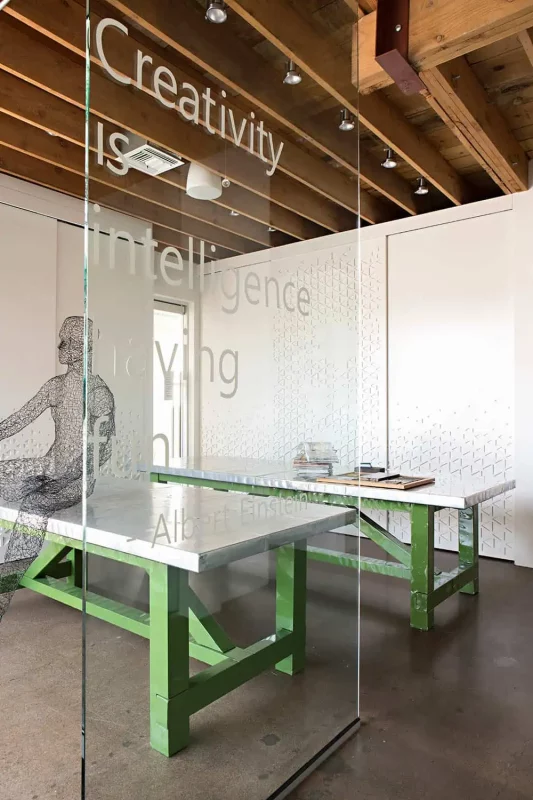Get Some Sleep!
Key Takeaways
- Sleep‑supportive design is wellness‑design; atmosphere, materials and function all play roles.
- Bedrooms should prioritise temperature control, darkness, natural materials, and device‑free zones.
- Thoughtful design of the sleep environment can enhance daily wellbeing, not just nightly rest.
Design impacts the human condition, as believed by the American Society of Interior Designers, an organization
of which I am a member. Among other areas of our lives that design impacts, ASID announced that creating
wellness is among the priorities for those designing spaces. We’re not just color selection and fabric choices;
space planning, lifestyle integration and living a quality life are important aspects we look at.
That’s why the fact that most of us are not getting enough sleep is not only a national health crisis, but a
design mandate.
Preschoolers who miss their naps are worse at memory games, and employees that don’t get enough
sleep are costing the US $441 billion in rising healthcare costs and employee disengagement according
to Huffington Post.
The Washington Post said earlier this year that the Centers for Disease Control and Prevention reported
in 2016 that a third of adults fail to get the recommended seven hours.
The Impact of Good Design
While meditation, healthy habits and at times medical intervention support getting a good night’s sleep,
here is where design can make a difference:
- You spend one-third of your life in bed (or you should) and linen selection can make all the
difference. I love organic and bamboo linen lines that are cooler for sleeping, and also don’t
have chemicals that outgas during your night of slumber. - Palette selection can make a large impact on the space.
- Biophilic design also creates a space with soulful resonance. It means to use elements of nature:
textures, materials, patterns — that we would find outdoors in our favorite places. - Create a space that provides a cool sleeping environment. That could start with designing your
home with the bedroom on the north side of the house, to additional insulation, to having a
separate thermostat in your bedroom to maintain a cool temperature. - Invest in a good bed, and a designer can help you evaluate all the claims out there for what
constitutes a good bed. - You’ll need a dark room to get the best sleep, and this means avoiding digital lights as much as
possible in the room. For some sensitive clients, that even means finding switches that don’t have
little lights on them. - Room darkening drapery is a must. Enough said.
- And turn off the “screens” at least 30 minutes before bed. In bedrooms, I provide design solutions
for convenient but hideaway phone charging stations. For my clients that like televisions in the
bedroom, I work to conceal them either behind millwork or on motorized storage solutions.
In analyzing all of these elements, the equation is: good design leads to a good night’s rest, leads to a happier day!
FAQs
- Why does choosing organic or bamboo linens matter for sleep?
These linens tend to be cooler, more breathable and designed without harsh chemicals that may off‑gas during sleep. That helps reduce thermal and chemical disruptions for better rest.
- How important is room temperature for sleep‑focused bedroom design?
Very important, a cooler environment is shown to improve sleep quality. By designing for insulation, north‑facing placement or a dedicated thermostat, you support ideal sleep conditions.
- Why should digital lights and TVs be hidden or eliminated in the bedroom?
Light from screens and glowing indicators can inhibit melatonin production and disrupt circadian rhythms. Removing them or concealing them allows the bedroom to serve its primary function, rest.
- What role does the colour palette and material choice play in sleep design?
Colours and materials influence mood and sensory experience, subdued, calm palettes and natural textures (wood, stone, linen) help foster a restful atmosphere, rather than a high‑stimulus environment.
- Can these sleep‑oriented design ideas apply even if I’m renting or on a budget?
Yes, many elements are low‑cost and reversible: e.g., switching to cooler‑sleep linens, room‑darkening curtain panels, reducing screen use before bed. These help even without a full remodel.




